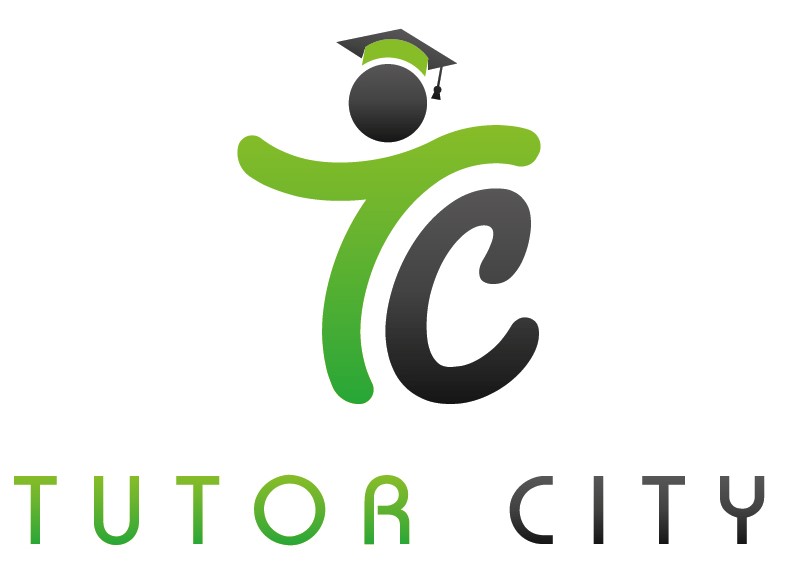
- Published by: Tutor City
- March 21, 2024
- Education
Adapting Your Teaching to Autism: Nurturing Children with Special Needs
Nurturing children with special needs, particularly those with Autism Spectrum Disorder (ASD), requires a different approach to teaching. ASD is a neurodevelopmental disorder that affects communication, social interaction, and behaviour. It is a spectrum disorder, meaning it manifests in different ways and varying degrees in each individual.
In this blog, you will explore how teachers must adapt their teaching methods to accommodate the unique needs of each child with ASD.
Key Takeaways
- Adapting teaching methods is essential when working with children with ASD.
- Teachers use visual aids, provide structure and routine, and encourage engagement and interaction to help students with ASD succeed.
- One effective way to assess and track progress is by creating an Individual Learning Plan (ILP) for each autistic child.
Understanding Autism Spectrum Disorder
Understanding Autism Spectrum Disorder is key to adapting teaching methods. One of the main challenges of teaching children with ASD is that they often have difficulty with social interaction and communication. They may have difficulty with nonverbal communication, such as facial expressions and body language. They may also have difficulty understanding sarcasm, idioms, and figurative language. Teachers must be aware of these challenges and tailor their communication accordingly.
Defining Autism
Autism is defined as a neurodevelopmental disorder that affects an individual's ability to interact with others, communicate, and behave appropriately. It is typically diagnosed in early childhood, and the symptoms vary widely. Some of the common symptoms of Autism include:
- Difficulty with social interaction
- Repetitive behaviours or routines
- Sensory sensitivities
- Difficulty with communication
It is important to note that Autism is not a disease or an illness but a condition that affects an individual's development. It is a lifelong condition that can be managed with appropriate support and interventions.
Recognising the Spectrum
The autism spectrum is a range of conditions that affect an individual's ability to communicate, socialise, and behave appropriately. It is essential to recognise that Autism is a spectrum disorder, meaning that there is a wide range of symptoms and severity. Some individuals with Autism may have mild symptoms, while others may have more severe symptoms.
There are three main types of autism spectrum disorder:
- Autistic disorder (classic Autism)
- Asperger's syndrome
- Pervasive developmental disorder not otherwise specified (PDD-NOS)
Each type of Autism has its own set of symptoms and characteristics, and individuals with Autism may exhibit a combination of these symptoms. It is important to recognise the spectrum of Autism and understand that each individual with Autism is unique and may require different types of support and interventions.
Principles of Adapting Teaching Methods
Teaching children with Autism requires a unique approach that recognises the diverse needs of each child. Adapting teaching methods to accommodate children with Autism is an ongoing process that requires empathy, flexibility, and a commitment to understanding and meeting the needs of each child. Here are some principles of adapting teaching methods to children with Autism:
Inclusive Education Strategies
Inclusive education is the practice of educating children with disabilities in mainstream classrooms. Inclusive education strategies involve creating a supportive and welcoming environment for all children, including those with Autism. Teachers can use various strategies to promote inclusive education, such as creating visual schedules, using assistive technology, and providing opportunities for social interaction.
Communication Techniques
Communication is a key area of difficulty for children with Autism. Teachers can use various communication techniques to help children with Autism understand and communicate effectively. These techniques include using clear and concise language, using visual aids, and using social stories. Social stories are short stories that describe a social situation and provide information about appropriate behaviour.
Environmental Adjustments
Environmental adjustments involve modifying the classroom environment to meet the needs of children with Autism. Teachers can make various environmental adjustments, such as reducing sensory overload, providing a quiet space for children to retreat to, and using visual supports. Visual supports include visual schedules, picture exchange communication systems, and cues.
Therefore, by implementing these principles, teachers can create a supportive and inclusive environment for children with Autism.
Engagement and Interaction
Teaching children with Autism requires a unique approach focusing on engagement and interaction. By creating a supportive and engaging environment, teachers can help children with Autism develop the social and emotional skills they need to thrive.
Behavioural Support
One key way to engage children with Autism is to provide them with behavioural support. This involves creating a structured, predictable environment that helps children feel safe and secure. Teachers can use visual aids, such as schedules and task lists, to help children understand what is expected of them. They can also use positive reinforcement to encourage good behaviour and discourage negative behaviour.
Social Skills Development
Another essential aspect of engaging children with Autism is to help them develop their social skills. Teachers can use various techniques to help children with Autism learn how to interact with others. For example, they can use role-playing exercises to help children practise social situations. They can also use social stories to help children understand how to interact with others in different situations.
Assessment and Progress Tracking
Assessing and tracking progress is essential for nurturing children with special needs, especially those with Autism. It helps teachers identify the child's strengths and weaknesses and adapt their teaching strategies accordingly.
Individual Learning Plans
One effective way to assess and track progress is by creating an Individual Learning Plan (ILP) for each autistic child. The ILP should include the child's strengths, weaknesses, and learning goals. It should also include strategies and accommodations that have been effective and any new strategies the teacher plans to implement.
The ILP should be regularly reviewed and updated to reflect the child's progress and changing needs. Teachers should also involve parents and other professionals, such as therapists or psychologists, in developing and reviewing the ILP.
Monitoring and Adapting
Monitoring and adapting teaching strategies is another essential aspect of assessing and tracking progress. Teachers should regularly observe and assess the child's progress and adjust their teaching strategies accordingly. For example, if a child struggles with a particular concept, the teacher may need to provide more visual aids or break the concept down into smaller, more manageable parts.
Teachers should also be open to feedback from parents and other professionals and be willing to adapt their teaching strategies as needed. Regular communication with parents and other professionals can help ensure everyone works together to support the child's learning and development.
Conclusion
By embracing these strategies and fostering a safe, inclusive space, you can unlock a world of potential for your students on the autism spectrum. Remember, every child learns differently. If you're seeking additional support in tailoring your approach, consider partnering with an experienced tutor from Tutor city, Singapore's leading tutoring agency. Their personalised instruction can empower both you and your students to thrive.






